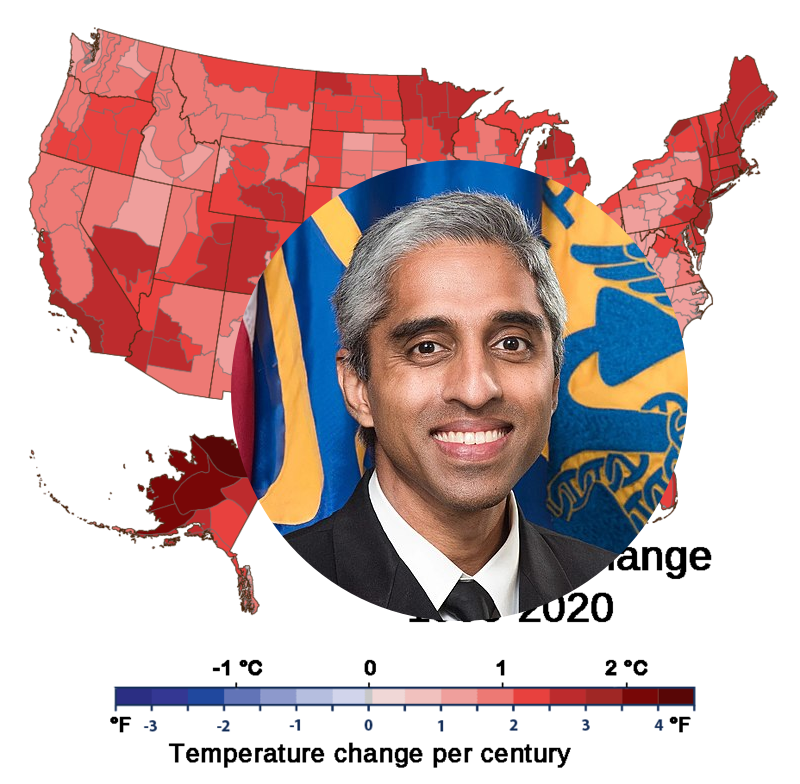In the face of soaring temperatures and a mounting heat crisis, traditional cooling methods are proving insufficient, prompting a surge in demand for more resilient alternatives. Recent data reveals a concerning trend: as heatwaves intensify, homes equipped with conventional air conditioning systems are struggling to maintain safe indoor temperatures, raising alarms among public health experts and policymakers alike.
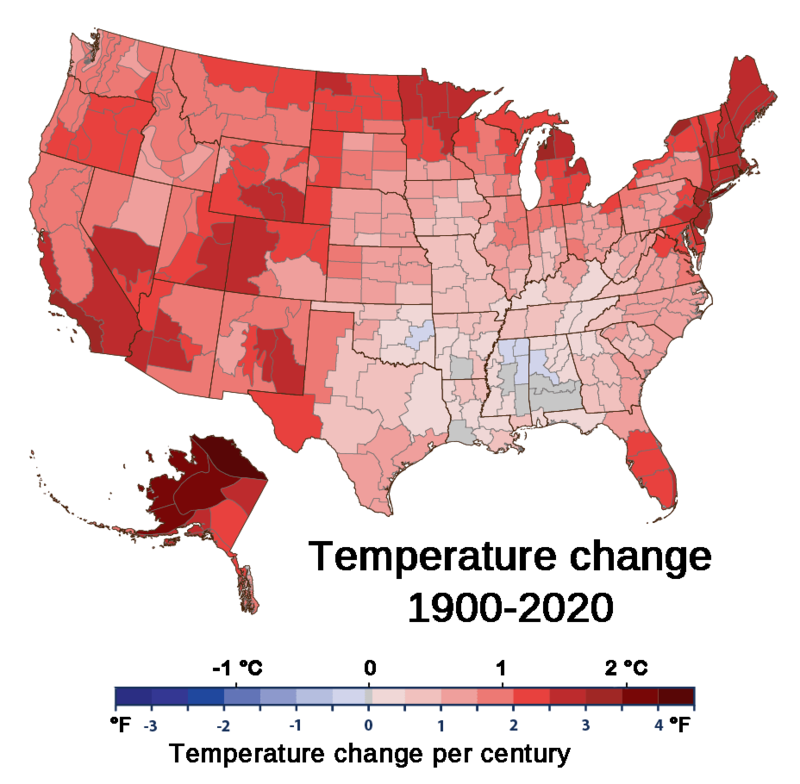
Johns Hopkins University underscores the heightened risk posed by indoor heat during extreme weather events. In storm-battered residences lacking adequate insulation, and amidst strained power grids, fatalities have been recorded at alarming rates.

The specter of a potential “Heat Katrina” looms large, with predictions of mass casualties in the event of prolonged blackouts.
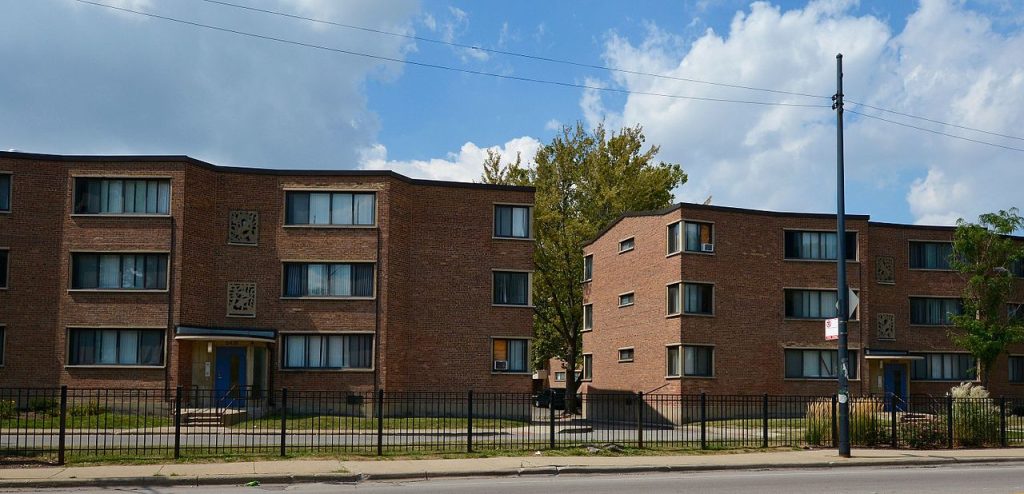
In a groundbreaking study, researchers deployed temperature sensors in homes within low-income communities, unearthing startling findings of indoor temperatures surpassing 80 degrees Fahrenheit. With each degree rise, residents reported a cascade of heat-related symptoms, from dizziness to fatigue, underscoring the inadequacy of conventional cooling systems.
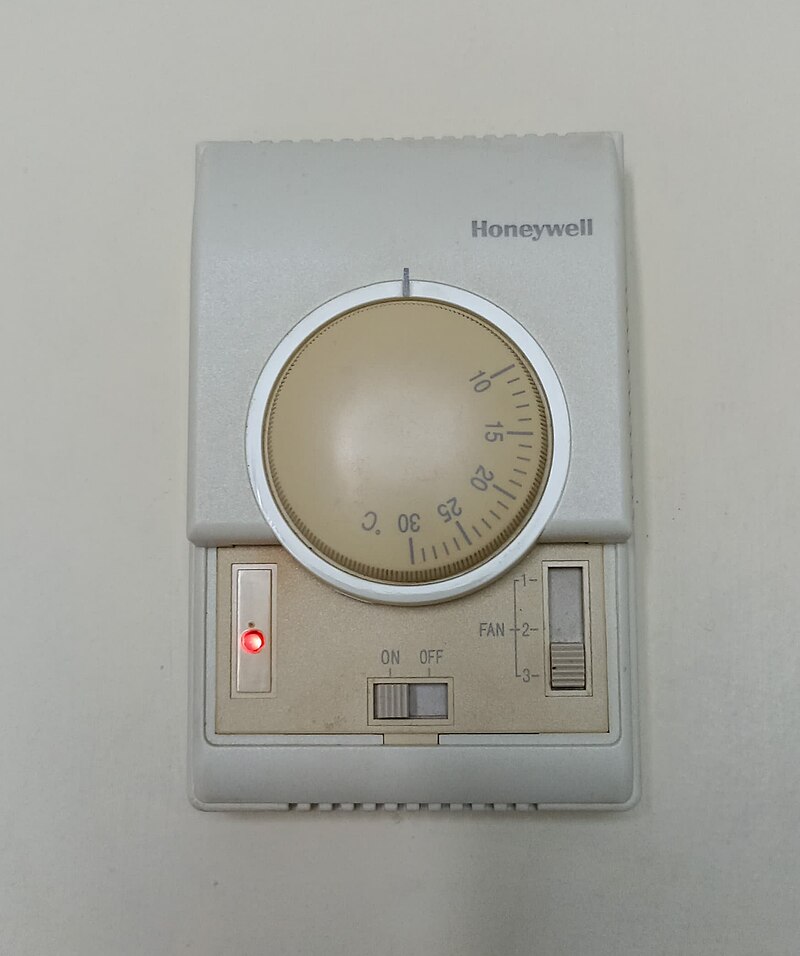
The inefficacy of outdated cooling systems in combating escalating temperatures is apparent from the study. As ambient temperatures soar, air conditioners strain to maintain comfort levels, exacerbating energy consumption and grid instability. The repercussions were starkly evident during the 2021 heatwave in the Pacific Northwest, where rolling blackouts claimed hundreds of lives, amplifying calls for resilient cooling solutions.
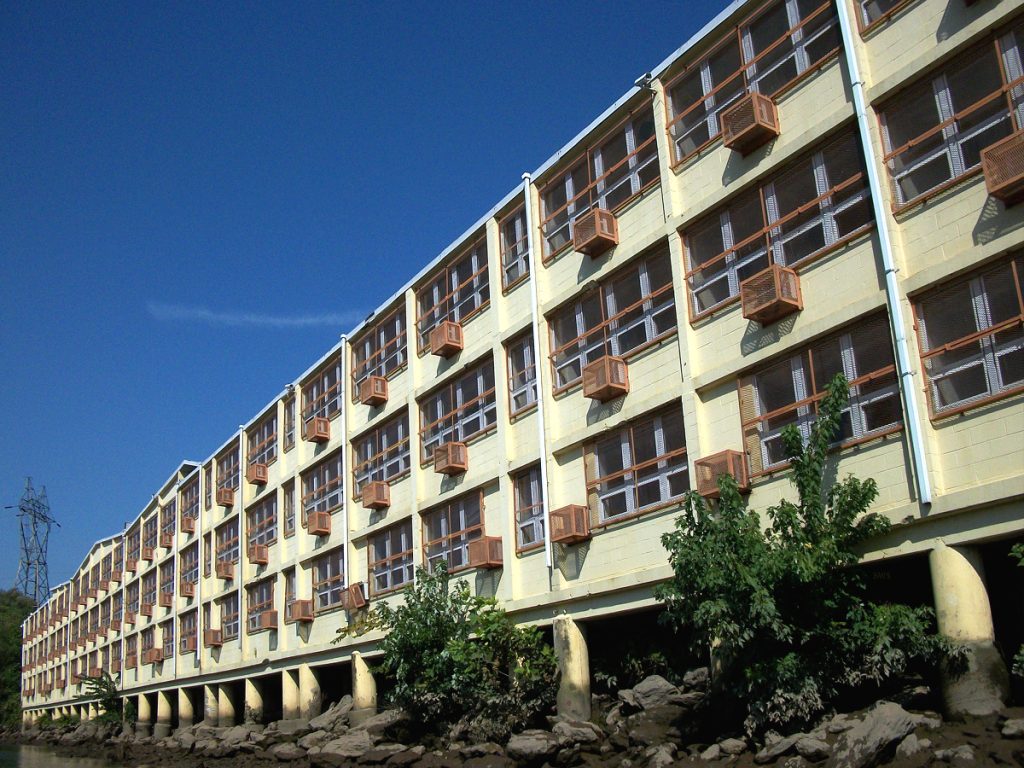
The disproportionate impact of extreme heat on marginalized communities exacerbates existing inequalities, with residents in urban heat islands bearing the brunt of the crisis. Decades of discriminatory housing policies have entrenched disparities, leaving vulnerable populations without adequate resources to combat indoor heat.
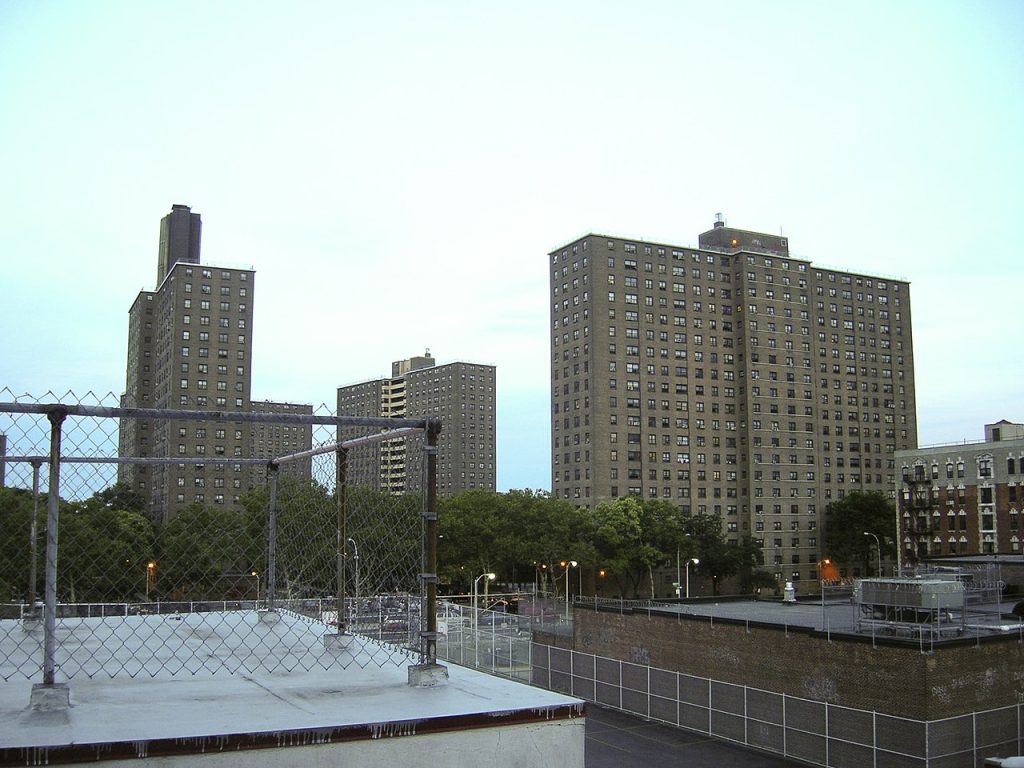
For low-income households, the compounding costs of spoiled groceries and discomfort exacerbate financial strain, underscoring the urgent need for accessible cooling solutions.

In response to mounting concerns, policymakers are exploring avenues to address indoor heat risks, with initiatives such as federal energy assistance funds and ordinances mandating adequate cooling provisions in rental properties. However, the efficacy of such measures hinges on robust enforcement and allocation of resources, raising concerns among advocates regarding the urgency of addressing indoor heat disparities.
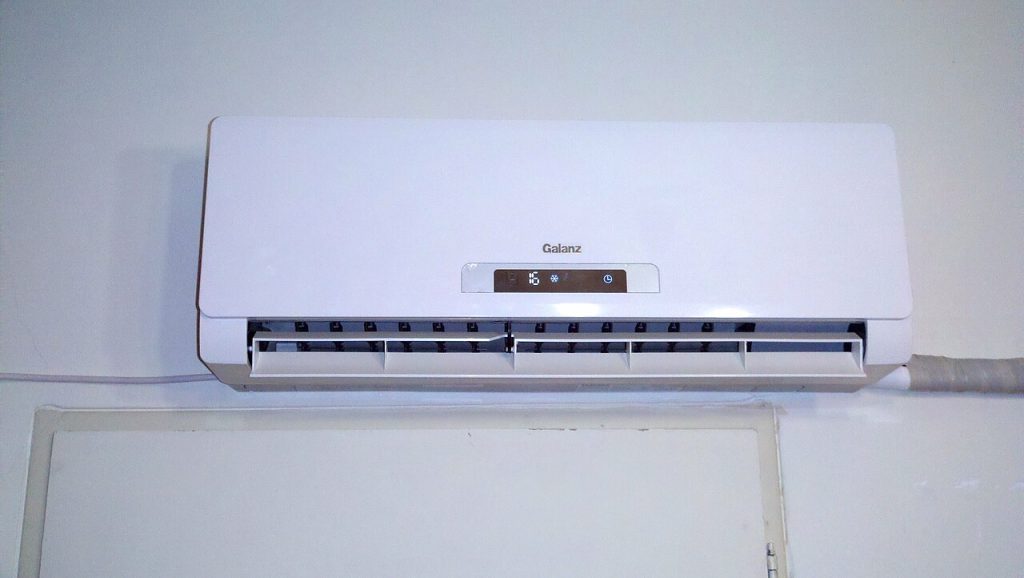
Amidst escalating heatwaves and mounting health risks, the adoption of innovative cooling technologies offers a glimmer of hope. With their modular design and energy-efficient operation, mini-split systems emerge as a promising alternative, providing customizable comfort and cost-effective cooling solutions for households grappling with the heat crisis. As communities brace for increasingly frequent and severe heatwaves, the imperative to embrace such innovative solutions has never been more urgent.


